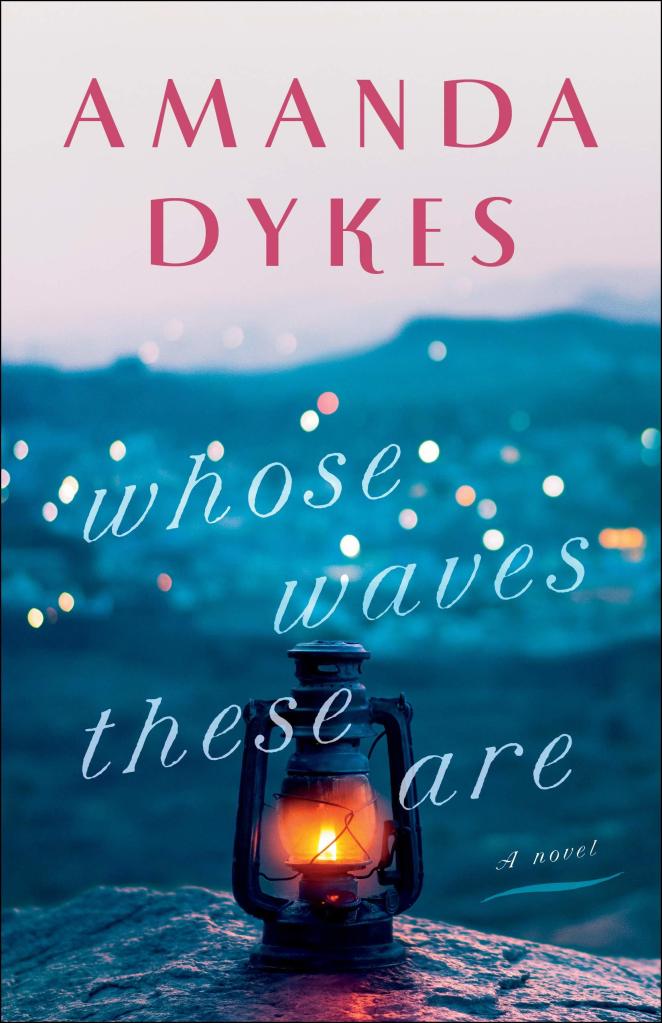In Lynn Austin’s Gilded Age novel, All My Secrets, one of the wealthiest men in America has just died. The Stanhopes were contemporaries of New York’s elite families, like the Vanberbilts, Astors, and Van Burens.
Arthur Benton Stanhope III, known as A. B., was only forty-six when he passed. At the reading of his will, his mother, Junietta, wife Sylvia, and daughter Adelaide, or Addy, all found out that the original Arthur Stanhope had written his will in such a way that the Stanhope business and the bulk of the family money could only be passed down to the closest male heir. A small trust was left for Sylvia and Addy, but it was not as large as it might have been if the investments had the expected time to grow. But with a little economy, and perhaps the sale of the family yacht, they should manage fine.
Such economic measures, however, would send them toppling from the pinnacle of society they enjoyed. That was fine with Junietta. But Sylvia’s position and reputation as a hostess were her life. Sylvia decided the best thing they could do was find acceptable suitors to discreetly introduce Addy to in the hope that she might marry well before their financial state became too dire.
Addy didn’t like the idea of marrying a man for his money or feeling like a bargaining chip. Her mother assured her the choice was hers, and she wanted her to be happy. But Addy felt duty-bound to do everything in her power to keep the only home she had ever known in the family for her mother’s sake. Addy herself, didn’t want anything to change more than it had to.
Junietta thought their palatial home was a monstrosity. It had more rooms than they could ever possibly use. Addy had gotten lost in them as a child. The rooms they did inhabit were too large, their decorations overdone. The money expended on their balls and dinner parties could feed other families for weeks. Their contemporaries were gossipy rivals more than friends.
Junietta was more or less trapped in her marriage, but she wants Addy to know she has choices. Will Addy ever warm to the idea that the excessive wealth they are used to is wasteful, that there are better ways to live? Or would Addy write her grandmother off as eccentric? Junietta was going to have to reveal some of the secrets of her past that changed her own views. Would she have time to, before her erratic heart gave out?
I enjoyed this book a lot. I don’t see many novels set in this era, so it was fun to experience that time. Junietta’s secrets were revealed gradually in flashbacks, eventually prompting Sylvia to share secrets of her own. I enjoyed the characters and the natural way the faith element was woven in. The author makes sure to emphasize that being rich is not a sin in itself, and being poor is not inherently virtuous. But we’re all stewards of what we’ve been given.
But the book isn’t just about stewardship. It also involves loss, love, grief, life choices, forgiveness, and more.
In a fun coincidence, my oldest son visited the Marble House in RI with friends. It was built by William Vanderbilt for his wife, Alva, and started off the “summer cottage” fad among the elite (the “cottages” being 50+ rooms rather than what we think of as a cottage). The day after my son told us about his visit to this house, it came up in this book.
I enjoyed the audiobook, nicely read by Sarah Zimmerman. As usual, the audio version did not contain any of the author’s notes at the end, but I found some of that information in an interview with the author here.
I wished that the author had included an epilogue. The characters are left in such a way that we have a good idea what will happen to them, but I would have liked things to be a bit more wrapped up at the end. I just learned in the interview mentioned above that the author has written a novella with these characters that will come out at Christmas.










